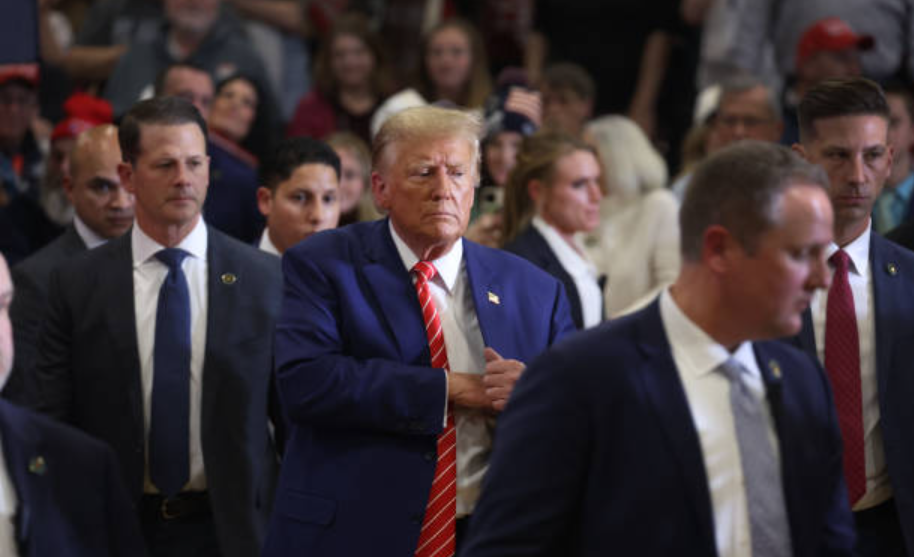Trump’s lawyer argued in a tense appeals court session that a sitting president could order a rival’s killing without facing prosecution unless impeached and convicted by Congress.
This contentious stance was presented in the backdrop of special counsel Jack Smith’s election-interference case against the ex-president.
Trump’s legal team adamantly champions the theory of absolute immunity, asserting that a president cannot be criminally prosecuted for actions taken while in office.
However, Judge Florence Pan, part of the appeals court panel in Washington, DC, rigorously probed this argument during the hearing.
Pan directed a series of pointed hypothetical scenarios at Trump’s attorney, D. John Sauer, seeking clarity on the boundaries of this purported immunity. She queried whether a president could be held accountable for selling pardons or military secrets without prior impeachment and conviction. (https://www.mdconnected.ca/)
Trump’s Attorney Grilled on Presidential Immunity

Expanding on the inquiry, Pan questioned whether a president possesses the authority to direct SEAL Team Six to assassinate a political adversary, escaping criminal accountability if not subjected to impeachment.
Sauer restated the assertion that any legal accusations targeting a president for actions linked to their official duties would require preceding impeachment proceedings and subsequent conviction by Congress.
Pan persistently pressed for a straightforward response, emphasizing the hypothetical scenario of a president ordering an assassination. Despite Sauer attempting to contextualize with the Founding Fathers’ intent, Pan sought a direct yes or no answer.
The heated exchange underscored the crux of the argument whether a president, under this legal interpretation, could evade criminal prosecution for egregious actions without the prerequisite of impeachment and conviction.
This legal debate raises fundamental questions about presidential immunity and the scope of accountability for sitting presidents. As the case continues, it sparks broader discussions regarding the limits and checks on executive power within the US legal framework.


Comments are closed.